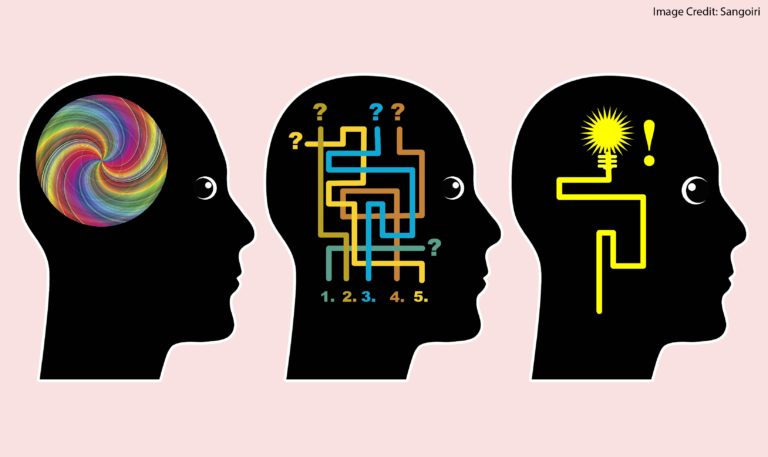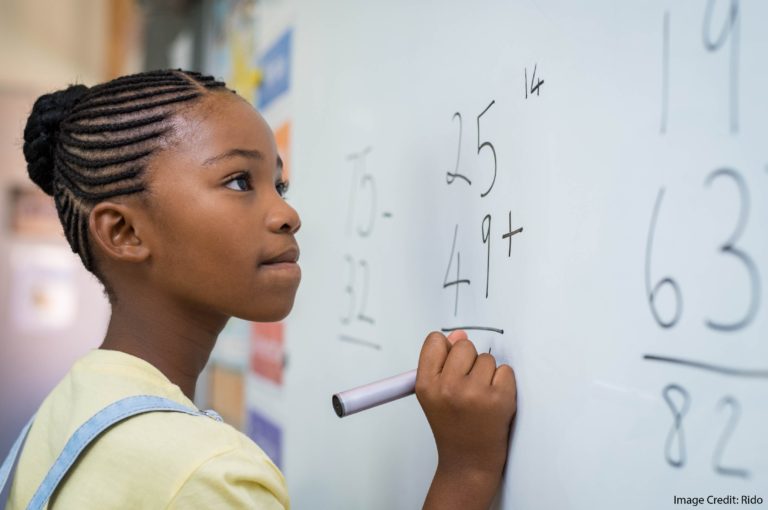-
ABOUT THE AUTHOR
Andrew Watson
Andrew began his classroom life as a high-school English teacher in 1988, and has been working in or near schools ever since. In 2008, Andrew began exploring the practical application of psychology and neuroscience in his classroom. In 2011, he earned his M. Ed. from the “Mind, Brain, Education” program at Harvard University. As President of “Translate the Brain,” Andrew now works with teachers, students, administrators, and parents to make learning easier and teaching more effective. He has presented at schools and workshops across the country; he also serves as an adviser to several organizations, including “The People’s Science.” Andrew is the author of "Learning Begins: The Science of Working Memory and Attention for the Classroom Teacher."
Tags
ADHD adolescence attention autism book review boundary conditions classroom advice conference speakers constructivism/direct instruction creativity desirable difficulty development dual coding elementary school embodied cognition emotion evolution exercise experts and novices gender high school homework intelligence long-term memory math methodology middle school mind-wandering mindfulness Mindset motivation neuromyths neuroscience online learning parents psychology reading retrieval practice self-control skepticism sleep STEM stress technology working memoryRecent Comments
- Goals, Failure, and Emotions: a Conceptual Framework |Education & Teacher Conferences on “Learning from Mistakes” vs. “Learning from Explanations”
- From Destruction to Rebuilding: Hope in Science’s Down Cycle on When Analogies Go Wrong: The Benefits of Stress?
- Dual Coding: Boosting Learning Through Words and Images – White Dragon of East County on Visual & Verbal: Welcome to “Dual Coding”
- "All People Learn the Same Way": Exploring a Debate |Education & Teacher Conferences on The Goldilocks Map by Andrew Watson
- URL on Difference Maker: Enacting Systems Theory in Biology Teaching, by Christian...
ABOUT THE BLOG

“But I Study Much Better With My Music On”
Yet another study shows that background music — especially music with lyrics — makes reading comprehension harder, not easier. We study best in silence. Continue reading

Overcoming Potential Perils of Online Learning
Typical at-home distractions can indeed interfere with online learning. Happily, researchers have suggestions on how best to mitigate these problems. Continue reading

“How You Got to Be So Smart”: The Evolution of...
Evolution of the Learning Brain: or How You Got to Be So Smart, by Paul Howard-Jones, offers an evolutionary history of learning itself. Both richly scientific and fun to read, it gives teachers a helpful, fresh perspective on our work in classrooms and schools. Continue reading

Why Do “Learning Styles” Theories Persist? [Updated 6-7-19]
We’re still trying to understand why learning styles theory — although widely debunked — still persists. Could it be because schools of education still support it? Continue reading

Handshakes at the Door: Hype, or Helpful?
It’s not just cute videos! Research also shows that greeting individual students at the classroom door leads to higher levels of attention and fewer classroom disruptions. Continue reading

Constructivism: In The Brain, In The Classroom
Is constructivism a theory of learning, or a theory of teaching? Mike Hobbiss offers a provocative answer. Continue reading

But Does It Work In The Classroom? (A Hint: YES!)
A large study in five different Florida schools gives us lots of confidence that “interleaving” — mixing up different kinds of practice problems together — helps students learn. This technique takes a little extra time, but it’s highly effective and it’s free. Continue reading

More Contradictions in the Adolescent Sleep/Technology Debate
New research, contradicting prior research, shows that pre-bedtime screen use does lower adolescent quality of life. We can managing this contradiction best by focusing on the children right in front of us. Continue reading

Best Font Name Ever: “Sans Forgetica”
Australian researchers have developed a new font, “sans forgetica,” which might help students remember what they read. However, we have reason to be careful and cautious before we rely too much on this innovation. Continue reading

[A Specific] Movement Helped [Specific] Students Learn [A Specific] Thing
Research shows that movement can help kindergarteners understand the number line — an essential concept for math learning in general. We should not assume therefore that movement always benefits learning. Continue reading

